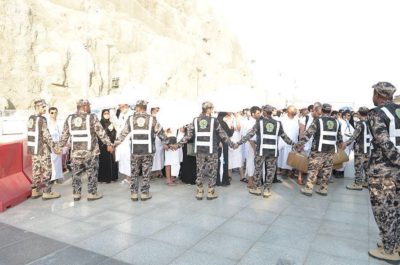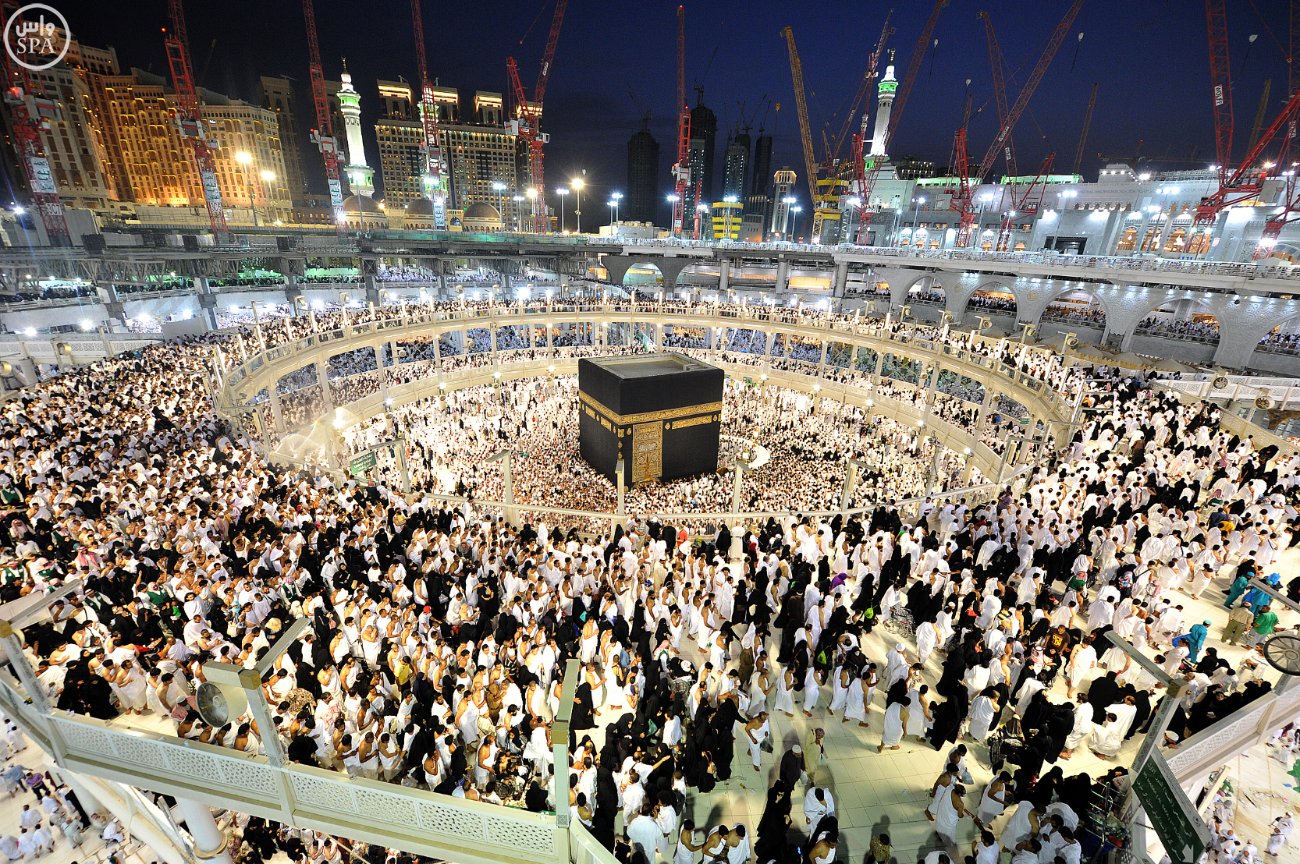Saudi Arabia is finalizing preparations for the 2019 Hajj Pilgrimage season, set to begin on Friday August 9th.
Hosting the Hajj presents a number of major logistical, security, and health challenges for which Saudi authorities must prepare. The sheer number of pilgrims arriving each year is staggering. In both 2017 and 2018, over 2.3 million pilgrims performed the Hajj. It is the world’s largest annual pilgrimage,
The Kingdom will deploy 17 thousand civil defense officers to secure the Hajj, the government said, and also use more than 3,000 “mechanisms” to deal with “all threats to public safety.”

Security at the Hajj in 2016.
One of the five pillars of Islam, the Hajj is a mandatory religious duty for Muslims that must be carried out at least once in their lifetime who are physically and financially capable of undertaking the journey. The Hajj requires the faithful to repeat a set of rituals first performed by the Prophet Mohammed centuries ago.
The Hajj is open to all Muslims, including from nations with which the Kingdom does not have strong relations diplomatic like Qatar and Iran. So far this year, around 88,000 Iranian pilgrims have arrived in Saudi Arabia to perform the Hajj, according to the head of the office for Iranian pilgrims’ affairs.
Each year, the threat of the spread of disease at the Hajj is one of authorities’ top concerns. In 2013 and subsequent years, fears of an outbreak of Middle East Respiratory Syndrome (MERS) was met with competent management by Saudi health authorities. This year, concerns following a worldwide resurgence of measles over the past 2 years have authorities on alert for those who may not already be immunized to the disease.
The Kingdom has also banned entry to travelers coming from the Democratic Republic of the Congo over Ebola fears.









